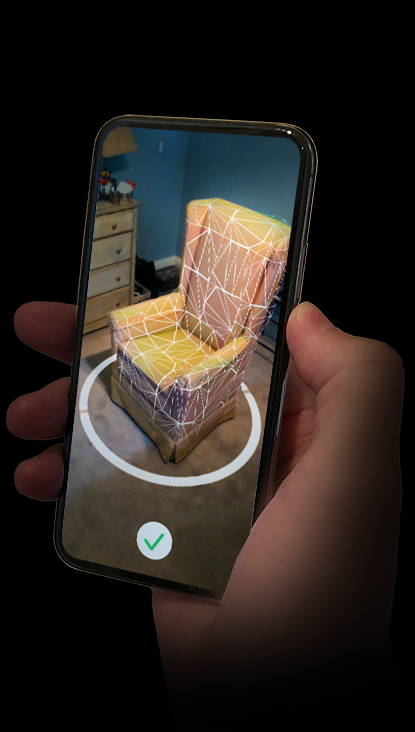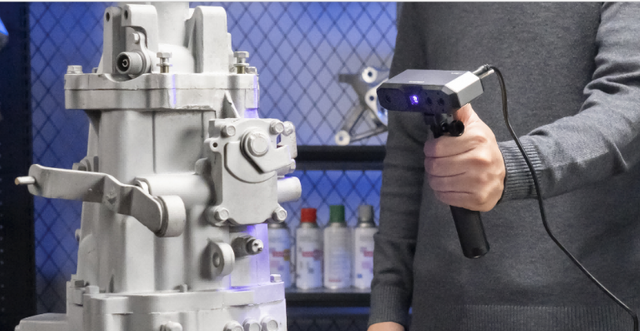Do 3D Scanner Apps Work?
With the advancement of modern technology, 3D scanning apps are becoming increasingly popular, allowing many users to capture real-world objects and transform them into digital models with simple smartphone operations. However, many are left wondering: do these apps really work? This article explores the working principles of 3D scanning apps, their pros and cons, and their practical applications.
Working Principles
3D scanning apps typically rely on the smartphone's camera and sensors to create a three-dimensional model of an object by capturing images from multiple angles. They primarily utilize the following technologies:

- Structured Light: Some apps use structured light technology to capture surface details by projecting specific patterns onto the object.
- Laser Scanning: Certain high-end apps may employ laser technology to achieve higher precision models, though this often requires additional hardware.
- Image-Based Reconstruction: Most 3D scanning apps leverage computer vision techniques to stitch together multiple photos into a 3D model.
Advantages
Convenience: Users can easily perform 3D scans anytime and anywhere with just a smartphone, without the need for expensive hardware. This convenience allows ordinary users to easily obtain three-dimensional models.
Cost-Effectiveness: Compared to traditional professional 3D scanners, 3D scanning apps are usually more affordable, making them suitable for individuals and small businesses.
- Easy Sharing: The generated digital models can be quickly shared on social media or online platforms, allowing users to showcase their work effortlessly.
Disadvantages
Accuracy Limitations: Although technology is constantly improving, the accuracy of 3D scanning apps typically cannot compete with professional devices. When dealing with intricate details or smaller objects, significant errors may occur.
Light Dependence: Many apps perform poorly in low-light conditions, and inadequate lighting can negatively impact the quality and detail of the resulting model.
Device Performance Limitations: Due to the processing power constraints of smartphones, apps may experience delays or crashes when scanning larger objects.
Application Scenarios
3D scanning apps have a wide range of applications suitable for various fields, including:
Art Creation: Artists can use these apps to scan their sculptures or paintings, generating digital models for modification and sharing.
Architecture and Design: Architects can scan the structure of buildings to create digital design sketches, facilitating later analysis and representation.
Education: In the classroom, teachers can utilize 3D scanning technology to create educational materials, enhancing students' learning experiences.
Conclusion
Overall, 3D scanning apps offer significant advantages in convenience and cost-effectiveness, making them suitable for ordinary users and small projects. However, for professional applications requiring high precision and detailed models, it is still recommended to use professional 3D scanners. As technology continues to evolve, future 3D scanning apps may achieve greater accuracy and more robust features, providing users with even more possibilities.
Whether for work, study, or creation, 3D scanning apps offer a new way to explore and document the world, but it is equally important to understand their limitations. We hope this article helps you better understand the practical effectiveness of 3D scanning apps.
